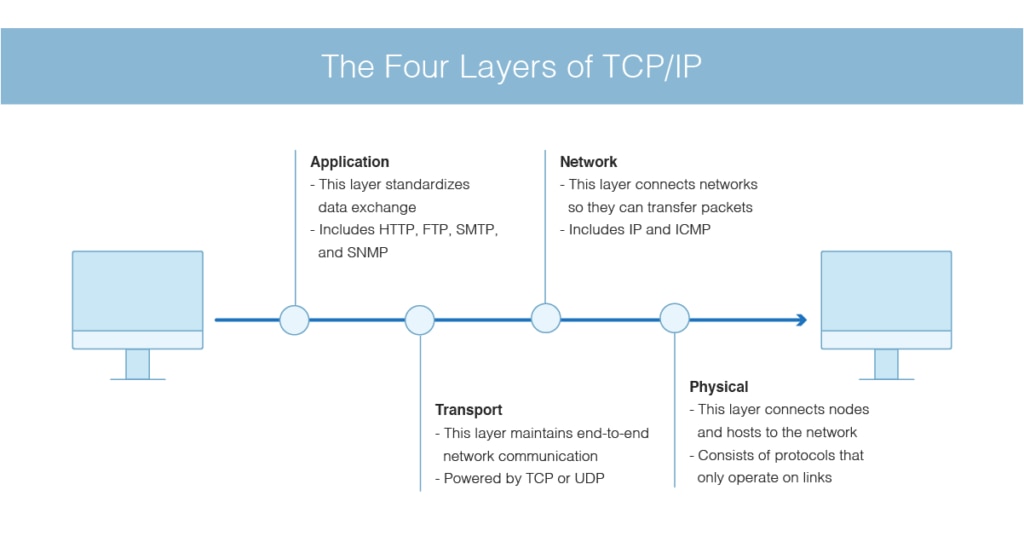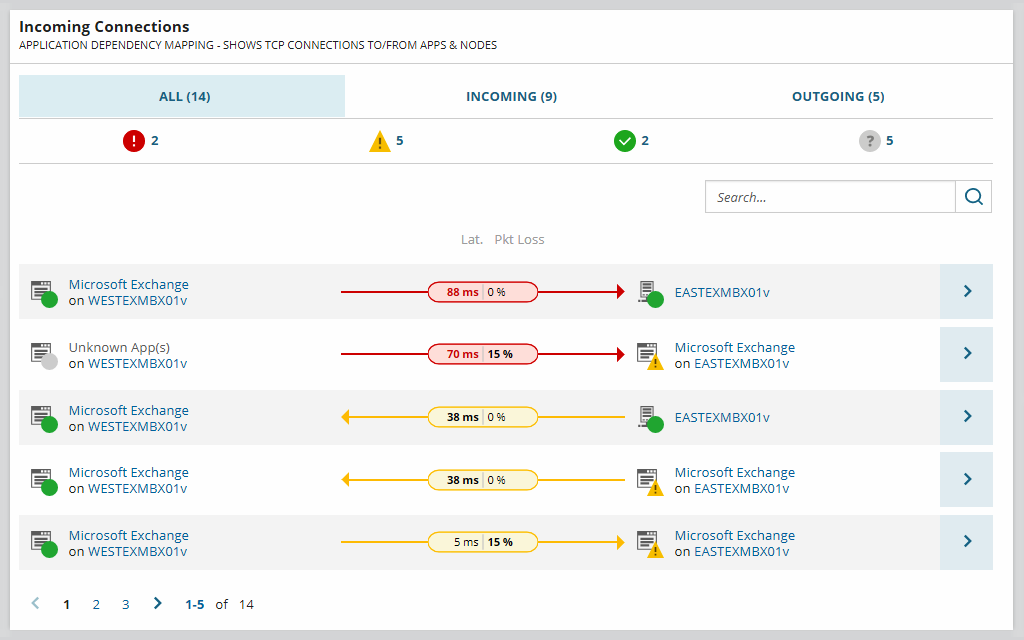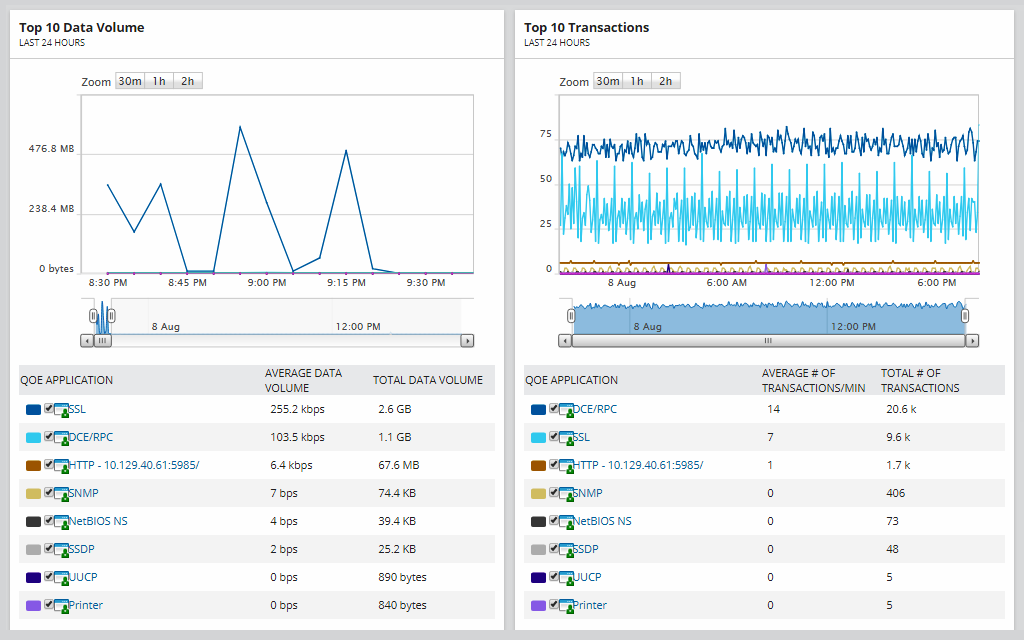In the early days of networking, anyone who could write a program could write, send, and receive messages over the network. The only problem was these various programs often weren’t speaking the same language. If a company created a data transfer program declaring every session must begin with a certain message, the only companies able to communicate with it were those running the same data program. What’s more, the companies writing and producing networking software kept their rules and messaging standards to themselves.

For large organizations, this meant they could monopolize the networking software market and force their customers to buy all of their equipment from one source. For smaller corporations and the humble systems administrators, it meant two different networking systems had no way of communicating with each other. In 1974, Vint Cerf and Bob Kahn broke down these barriers and created nonproprietary networking standards anyone could use. Thus, TCP/IP—also known as the internet protocol suite—was born.
Now, TCP/IP can do much more than give computers a common language to speak. You can use TCP/IP performance monitoring to get the most of your network and improve connectivity. This article will break down the basics of TCP/IP and briefly explore IP traffic monitoring. SolarWinds® Server & Application Monitor (SAM) is a great TCP/IP traffic monitor—I’ll break down the advantages of this tool as well. But first, we need to lay the groundwork.
TCP/IP Explained
TCP/IP and IP Traffic Monitoring
Choosing a TCP/IP Traffic Monitor
Getting Started With IP Traffic Monitoring
TCP/IP Explained
The internet protocol suite is a set of communication protocols connecting network devices over the internet by allowing them to easily communicate with each other without compatibility issues. TCP, Transmission Control Protocol, and IP, internet Protocol, are the two main protocols within the suite.
Together, TCP and IP function as the abstraction layer between applications and the routing/switching fabric. They also determine how packets will be addressed, transmitted, routed, and received at their destinations. IP, in particular, defines how to address and route each packet.
TCP/IP can be divided into four layers, each with its own protocols and functionalities.
- Application: The application layer standardizes data exchange. This layer includes HTTP (Hypertext Transfer Protocol), FTP (File Transfer Protocol), SMTP (Simple Mail Transfer Protocol), and SNMP (Simple Network Management Protocol). HTTP is responsible for the communication between a web server and browser, while FTP is responsible for transmitting files between computers.
- Transport: This layer, powered by TCP, maintains end-to-end communication across the network. UDP (User Datagram Protocol) can be used instead of TCP in special use-cases.
- Network: Also known as the internet layer, this connects different networks, so they can transport packets back and forth. The network layer includes IP and ICMP (Internet Control Message Protocol), which can be used for error reporting.
- Physical: This layer consists of protocols that can only operate on links, which connect nodes and hosts to the network.
TCP/IP is great because it’s easy to manage and specially designed to make networks more reliable. Plus, if a device fails on the network, TCP/IP can help you recover it automatically.
TCP/IP and IP Traffic Monitoring
TCP/IP is based on the client-server model of communication, in which a computer or server provides a service, like sending a web page, to a user. Technically, TCP/IP protocols are stateless, because each request is considered brand-new — this boosts performance by opening up more network paths that can be used simultaneously. Only the transport layer is stateful, since it needs to provide a stable connection for hosts to communicate on. When this layer sends a message, the connection remains in place until all of the packets have been successfully received and reassembled at their destination.
The core component of IP is IP addressing. Just like in the postal system, no two endpoints can have the same address. IP makes sure that no two computers connect with the same address and that all addresses are unique within an address space, meaning private networks can create their own addresses without worrying about whether or not they’re already in use. Since there are only so many IP addresses to go around, this functionality eases the rate at which IP addresses are allocated.
IP addresses also do the important work of making sure that the hundreds of thousands of devices and applications connected to your network at any given time can all be differentiated from one another. With IP traffic monitoring, you can use IP addresses to keep an eye on the status and availability of your network devices. IP traffic monitoring helps you see how much IP capacity you have left, monitors the status of your devices, and alerts you if and when there are any issues with connectivity.
With a TCP/IP monitor, IP traffic monitoring typically unfolds in three stages: discovery, monitoring, and troubleshooting/fine-tuning.
- Discovery: First, the TCP/IP monitor presents a clear picture of your network traffic by pulling information about your network and the devices and IP addresses contained therein. A high-class tool will also visually map those relationships for you.
- Monitoring: From there, you routinely monitor the network connections established by applications to uncover any performance issues, like latency, packet loss, and slow connectivity speeds.
- Troubleshooting: Finally, you dig a little deeper and use the analysis features offered by your TCP/IP traffic monitor to solve these performance issues.
IP traffic monitoring is not without its challenges. First off, it can be tricky to get a clear and accurate picture of network traffic in a large enterprise, especially if it’s highly virtualized or widely distributed. There are a lot of great network monitoring tools out there, but only the best of the best can accommodate comprehensive real-time IP traffic monitoring.
What’s more, it’s hard to establish performance baselines for networks that are always changing and scaling. Mapping out all of the interdependencies in your network without a TCP/IP traffic monitor is also a huge undertaking. Without this key information, you lose a lot of important context about traffic flow. Luckily, a TCP/IP traffic monitor can help address all of these pain points.

Choosing a TCP/IP Traffic Monitor
If you’re looking to get started with IP traffic monitoring but want a more intuitive and user-friendly experience than the one you’d get with Wireshark, I recommend SolarWinds Server & Application Monitor (SAM).
Although SAM is designed to offer robust support for servers and applications, it stands out as a TCP/IP monitor due to its mapping capabilities. The application dependencies feature allows you to poll different dependencies and create highly detailed maps, so you can easily monitor incoming network connections. This is incredibly valuable when it comes to troubleshooting. Instead of manually searching through all of the applications and devices on your network to figure out why performance is slow, you can use application dependencies to quickly zone in on issues.

SAM also makes IP traffic monitoring best practices more efficient. This tool automatically highlights the most important information about TCP connections, like latency and packet loss. If you click on the “Connection Details” page, you can see the entire communication stack from one node to another—not many TCP/IP traffic monitors can do that!
Getting Started With IP Traffic Monitoring
Monitoring the traffic on your network is a crucial part of today’s business operations. While there are free utilities, like Wireshark, to help you do this, SysAdmins monitoring complex networks will greatly benefit from the ease of use and insights included with a premium tool. My recommendation is SolarWinds Server & Application Monitor, a comprehensive, scalable solution. You can try it free for 30 days. Give it a go, and see how it takes IP traffic monitoring to the next level.


